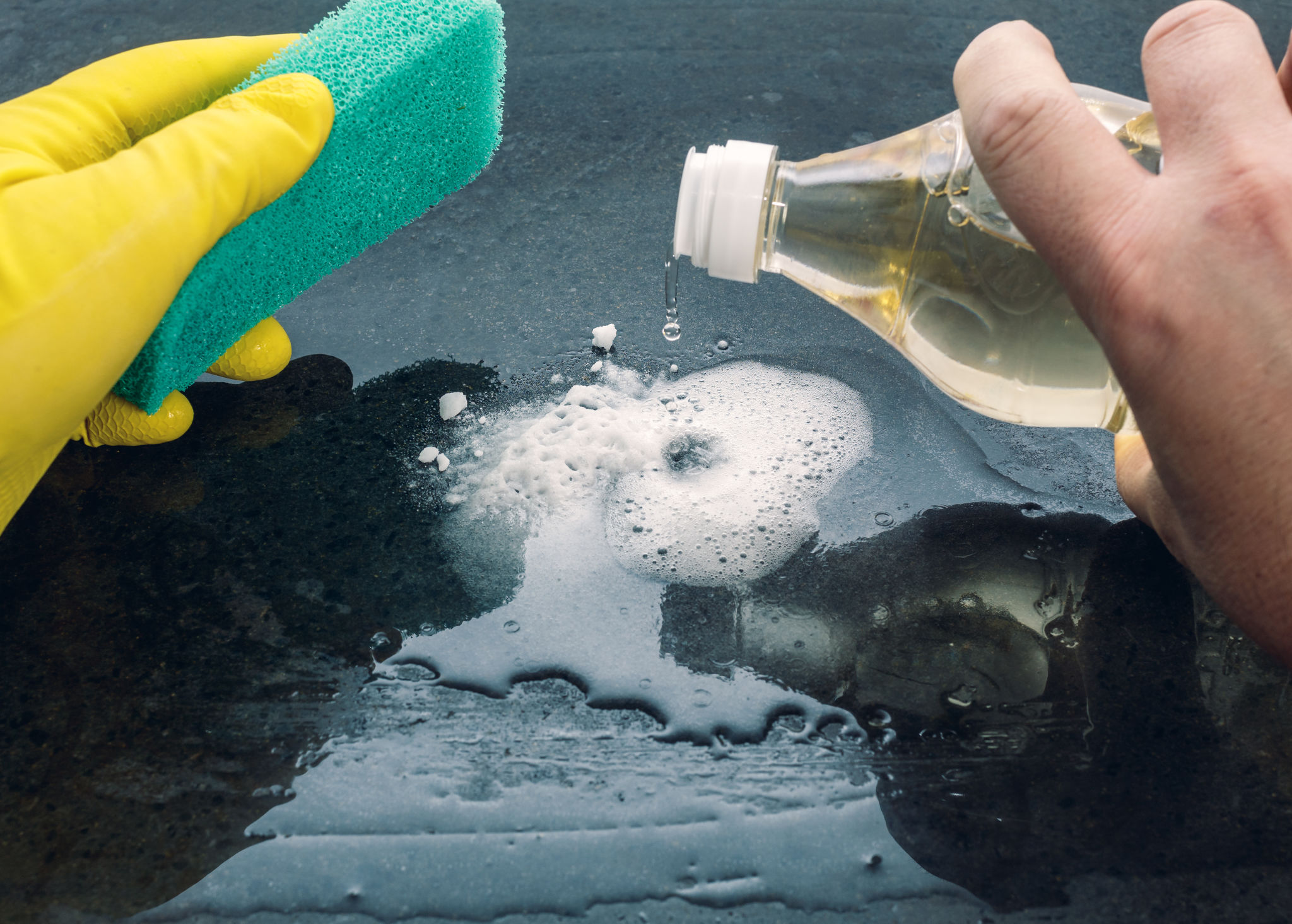Common Cleaning Myths Debunked: What Really Works
Myth: Vinegar is the Universal Cleaner
Many people believe that vinegar is a one-size-fits-all cleaning solution. While vinegar is indeed effective for certain tasks, such as removing hard water stains or deodorizing, it is not suitable for every surface. Its acidic nature can damage natural stone surfaces like marble and granite and may dull the shine of hardwood floors. It's essential to understand where vinegar can be used safely and where it should be avoided.

Where Vinegar Shines
Vinegar works well for cleaning glass, removing soap scum, and as a fabric softener in laundry. Its natural deodorizing properties make it a great choice for freshening up rooms or even cleaning out smelly drains. However, always dilute vinegar with water to prevent any potential damage to surfaces.
Myth: More Detergent Equals Cleaner Clothes
A common misconception is that using more detergent will result in cleaner clothes. In reality, using too much detergent can lead to residue build-up on your garments and washing machine. This residue can trap dirt and bacteria, leading to unpleasant odors and even affecting the washing machine's performance.
Finding the Right Balance
To achieve optimal results, follow the detergent instructions on the label and consider the load size and water hardness. Additionally, many modern washing machines are designed to work efficiently with less detergent, so erring on the side of caution is often the best approach.

Myth: Bleach Cleans Everything
Bleach is often seen as a powerful cleaning agent capable of tackling any grime or bacteria. However, while bleach is excellent for disinfecting, it does not clean dirt or grime. Bleach should be used to sanitize surfaces after they have been thoroughly cleaned with soap or another appropriate cleaner.
Proper Use of Bleach
When using bleach, ensure that it is appropriately diluted and never mix it with ammonia or other household cleaners as this can produce toxic fumes. It’s also important to remember that bleach can damage some materials and surfaces, so always test a small inconspicuous area first.

Myth: Disinfectant Wipes Clean Effectively
Disinfectant wipes are convenient for quick touch-ups but may not effectively clean heavily soiled surfaces. These wipes are primarily designed to kill germs rather than remove physical dirt. For surfaces with visible soil, it's crucial to clean them with soap and water first before using disinfectant wipes for sanitization.
Maximizing Wipe Efficacy
To get the most out of disinfectant wipes, ensure that the surface remains wet for the time specified on the product label to effectively kill germs. Also, use multiple wipes if necessary to maintain wetness and avoid spreading germs rather than eliminating them.
Myth: Feather Dusters Effectively Remove Dust
Feather dusters are often thought to be effective dusting tools, but they tend to spread dust around rather than remove it. The feathers can push dust particles into the air, causing them to resettle elsewhere in the room.
Better Dusting Alternatives
Microfiber cloths or electrostatic dusters are excellent alternatives that trap and hold dust effectively. These materials can capture small particles without releasing them back into the air, ensuring a cleaner environment.
